Jobs, access to nutritious food and healthy coastal ecosystems are top priorities
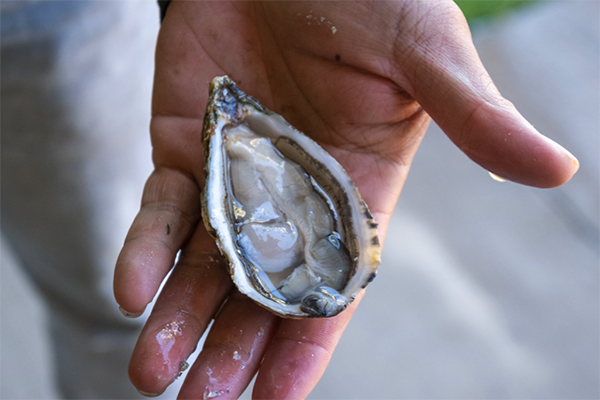
On Thursday, the National Oceanic and Atmospheric Administration of the United States (NOAA) published its first-ever 5-Year Strategic Plan for Aquaculture to guide the agency’s work through 2028.
The Strategic Plan was developed by the NOAA Aquaculture Program, which includes the NOAA Fisheries Office of Aquaculture, the Office of Oceanic and Atmospheric Research’s National Sea Grant Program, and the National Ocean Service’s National Centers for Coastal Ocean Science.
“Through this plan, NOAA will support a thriving, resilient, and inclusive U.S. aquaculture industry as part of a competitive domestic seafood sector,” said NOAA Fisheries Assistant Administrator Janet Coit. “This plan will act as a framework to guide NOAA’s Aquaculture Program, set priorities to achieve our mission, and support NOAA’s vision of healthy and resilient ecosystems, communities, and economies.”
The plan for the industry includes supporting jobs, expanding access to nutritious domestic seafood, and reinforcing healthy coastal and ocean ecosystems. The program’s mission is to provide science, services, and policies that create conditions for opportunity and growth of sustainable U.S. aquaculture.
The plan includes key goals that outline top U.S. priorities for the next five years: managing sustainably and efficiently (improving the regulatory process); using world-class scientific expertise to meet management and industry needs; educating and building awareness and support for coastal, marine, and Great Lakes aquaculture through communication with stakeholders; and supporting economic growth and viability that makes the seafood sector more resilient.
“Sustainable aquaculture encompasses the ‘triple bottom line’ of economic viability, environmental stewardship and social responsibility,” said David O’Brien, acting director of the Office of Aquaculture. “As the demand for seafood continues to increase, and climate change continues to pose a threat to food security, NOAA will continue supporting efforts to grow seafood on land, in coastal waters, and the open ocean in harmony with a healthy and resilient environment.”
Follow the Advocate on Twitter @GSA_Advocate
Now that you've reached the end of the article ...
… please consider supporting GSA’s mission to advance responsible seafood practices through education, advocacy and third-party assurances. The Advocate aims to document the evolution of responsible seafood practices and share the expansive knowledge of our vast network of contributors.
By becoming a Global Seafood Alliance member, you’re ensuring that all of the pre-competitive work we do through member benefits, resources and events can continue. Individual membership costs just $50 a year.
Not a GSA member? Join us.
Author
-
Responsible Seafood Advocate
[103,114,111,46,100,111,111,102,97,101,115,108,97,98,111,108,103,64,114,111,116,105,100,101]
Tagged With
Related Posts
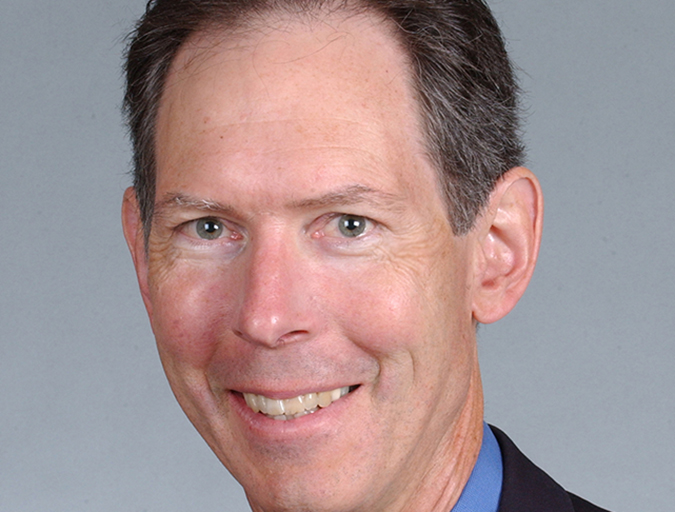
Responsibility
Aquaculture Exchange: Michael Rubino, NOAA
Social license – a community’s acceptance and support of an industry’s presence – is a key factor in aquaculture’s growth prospects. It’s a major obstacle U.S. waters, in particular. Michael Rubino of NOAA Fisheries discusses the challenges.
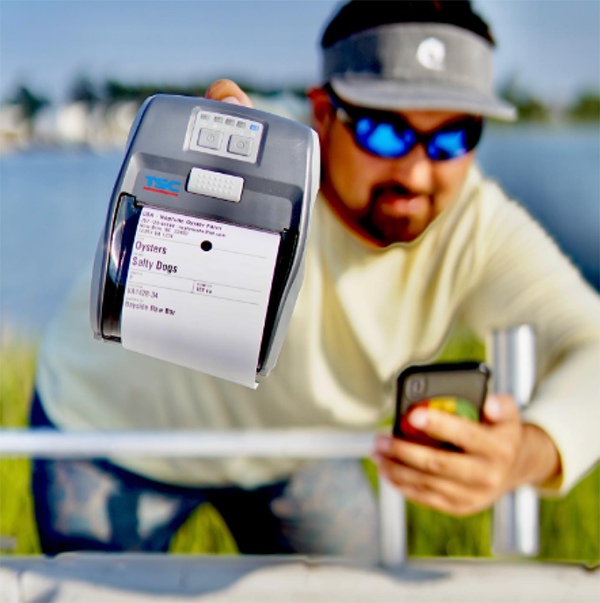
Innovation & Investment
BlueTrace wins NOAA grant for shellfish tagging and traceability
Maine-based shellfish technology company awarded a $500,000 Small Business Innovation Research grant to expedite innovative shellfish tagging and traceability efforts.
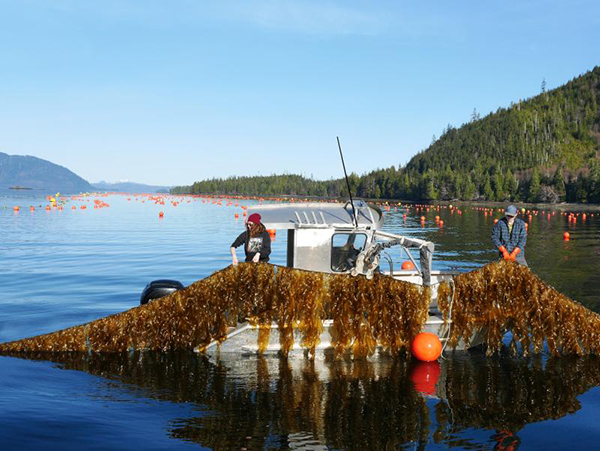
Innovation & Investment
Alaska Mariculture Cluster awarded grants to advance Alaska’s mariculture industry
The Alaska Mariculture Cluster has won nearly $49 million in grants to support Alaska's big-potential mariculture industry.
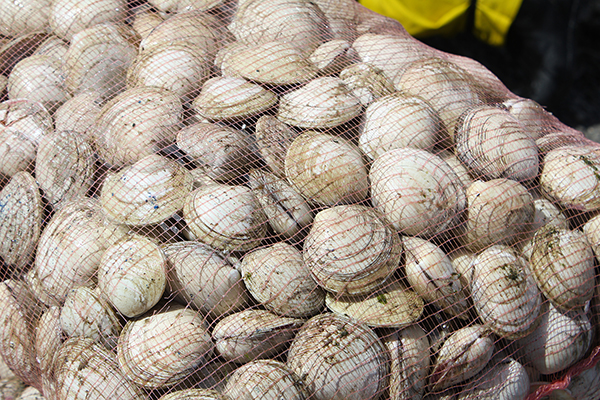
Responsibility
All clams on deck: How restorative aquaculture can repair Florida estuaries
New legislation aims to tackle tough environmental issues in Florida estuaries by bolstering the number of clams and seagrass through restorative aquaculture.



